Best summer bulbs – 10 bulbs to grow and how to plant them
Grow these best summer bulbs to fill your garden with color and scent through the season, with advice on how to plant them


Summer bulbs offer a wealth of colors, scents and flower forms, yet are often overlooked in favor of their earlier spring-flowering cousins.
However, with careful planning, you can enjoy the changing planting palette and bright color contrasts as the garden transitions through summer, from a host of summer bulbs.
They should be planned to follow in swift succession once your spring bulbs start to fade, for a long lasting display for months on end.
Summer bulbs to grow
Summer bulbs can be planted direct in the garden as part of your flower bed ideas. Many also make wonderful displays as container gardening ideas, or are an essential addition if you're planning a cut flower garden to enjoy the blooms around your home.
‘Choose summer bulbs which flower at different points during the season for successive color. For instance, lilies for early summer, gladioli for mid season, and the later flowering echinacea, and you will be rewarded with a long-lasting display which evolves as summer progresses,’ explains Sue Sanderson, horticulturist at bulb and plant specialists Farmer Gracy.
Add some of the following best summer bulbs to your planting palette.
1. Oriental lilies
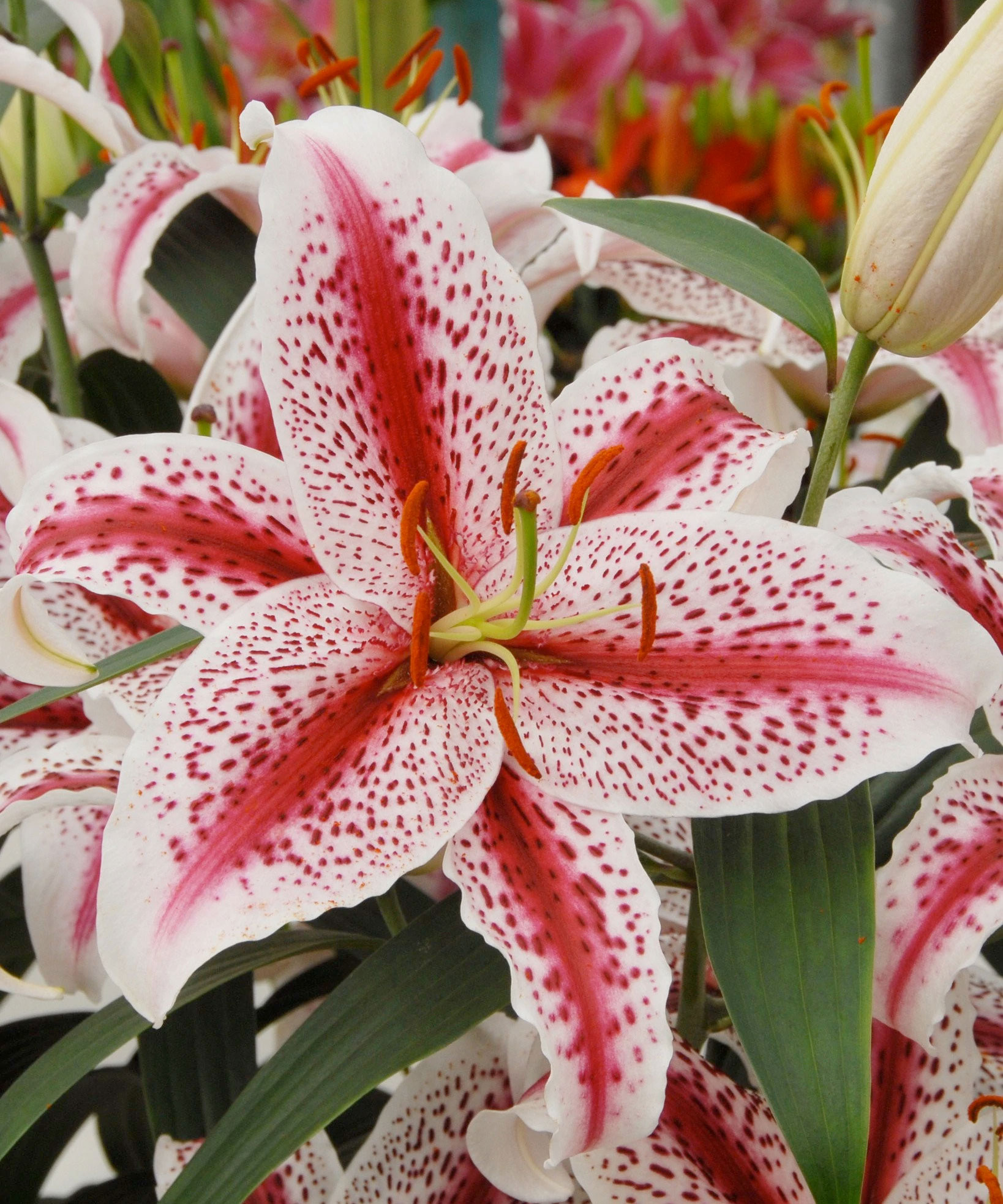
There are many varieties of oriental lilies you can choose to plant. 'These lilies are hardy and reliable, returning for a repeat show each year,' says Sue Sanderson.
Design expertise in your inbox – from inspiring decorating ideas and beautiful celebrity homes to practical gardening advice and shopping round-ups.
'Lily ‘Apricot Fudge’ has fascinating double blooms that appear in early to mid summer, and will return every year. These are wonderful for the border or large patio pots, and are just as lovely as cut flowers,' adds Sue
Another variety she recommends is the beautifully scented 'Tiger Woods'.
2. Crocosmia
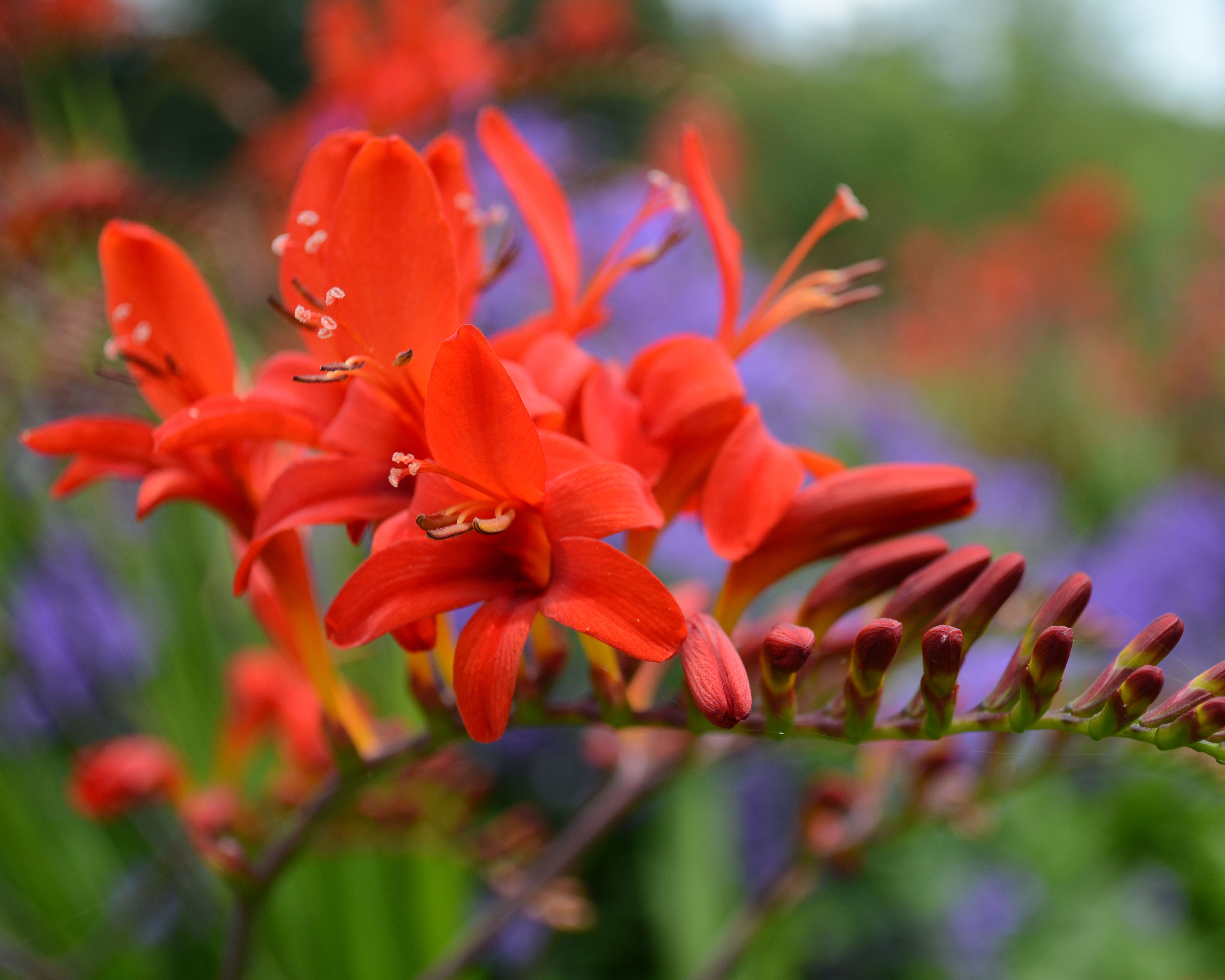
Crocosmias are an easy and reliable summer bulb to plant, ‘and their fiery flowers and strong vertical leaves create dynamic interest. They combine well with achillea, helenium and salvia,’ says Victoria Evans, gardener at the National Trust’s Packwood House, which boasts outstanding summer flower borders.
There are a number of varieties to choose from. 'Crocosmia ‘Lucifer’ is the classic, tall, scarlet flowered crocosmia, while 'Star of the East is the largest flowered variety. Its orange star-shaped blooms persist well into fall,' says Victoria. It works particularly well if you're hoping to create a contemporary garden color scheme or like tropical garden ideas.
As crocosmias spread and grow very large, gardening guru Monty Don recommends lifting large clumps in early spring, separating them apart and replanting them in smaller groups. ‘They will respond with increased vigor and flowers,’ he says.
3. Dahlias
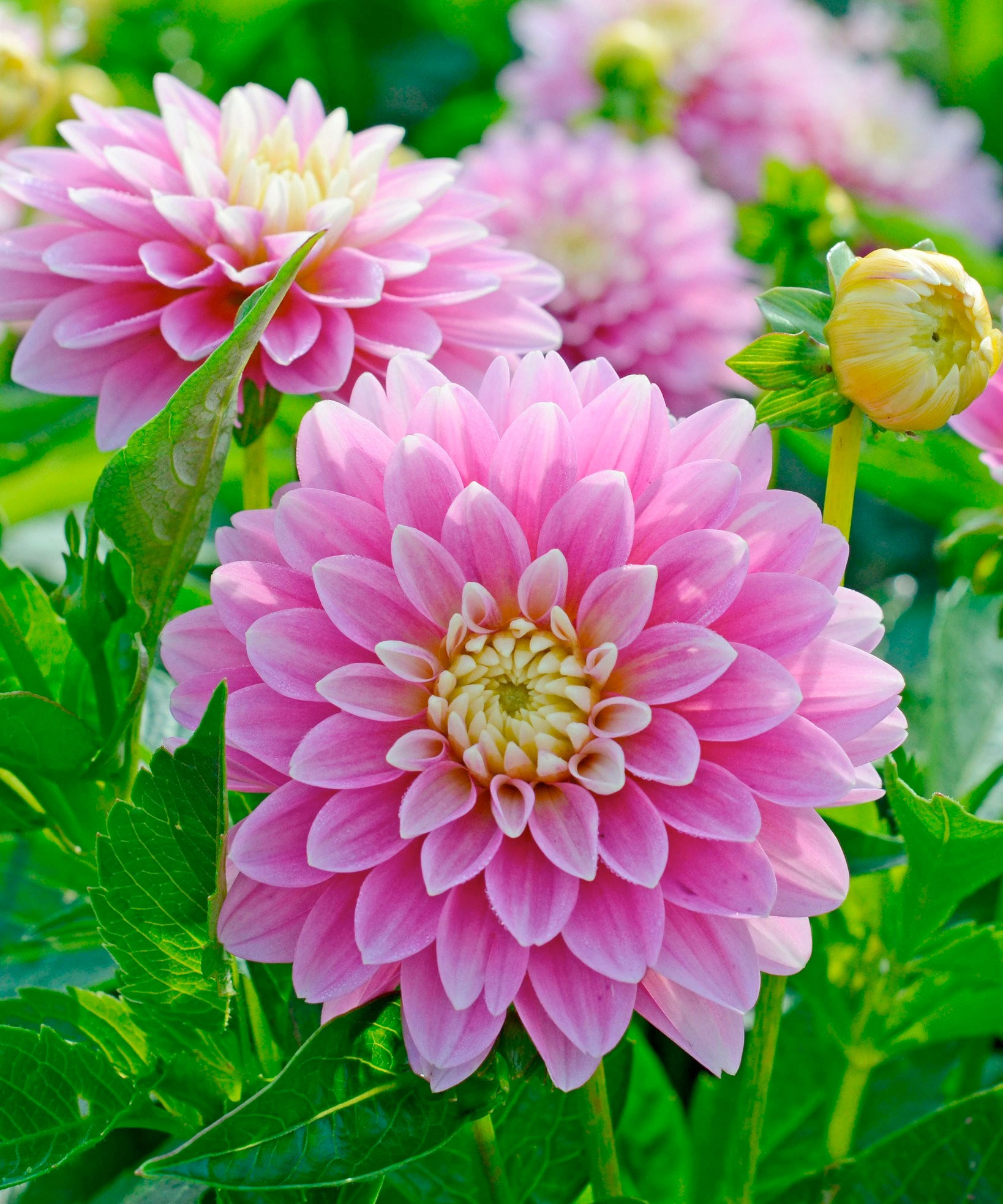
Dahlias can bloom throughout the summer months and with many varieties to choose from, once you know how to grow dahlias you will be truly spoilt for choice.
There are a number that Sue Sanderson singles out for attention, including dahlia ‘Rembrandt’ 'with a neat, compact habit, that can adorn patio pots with soft pink blooms continuously through the season.'
If you're keen to include flowers that attract bees then opt for the single flower varieties of dahlia.
4. Swamp lily – crinum
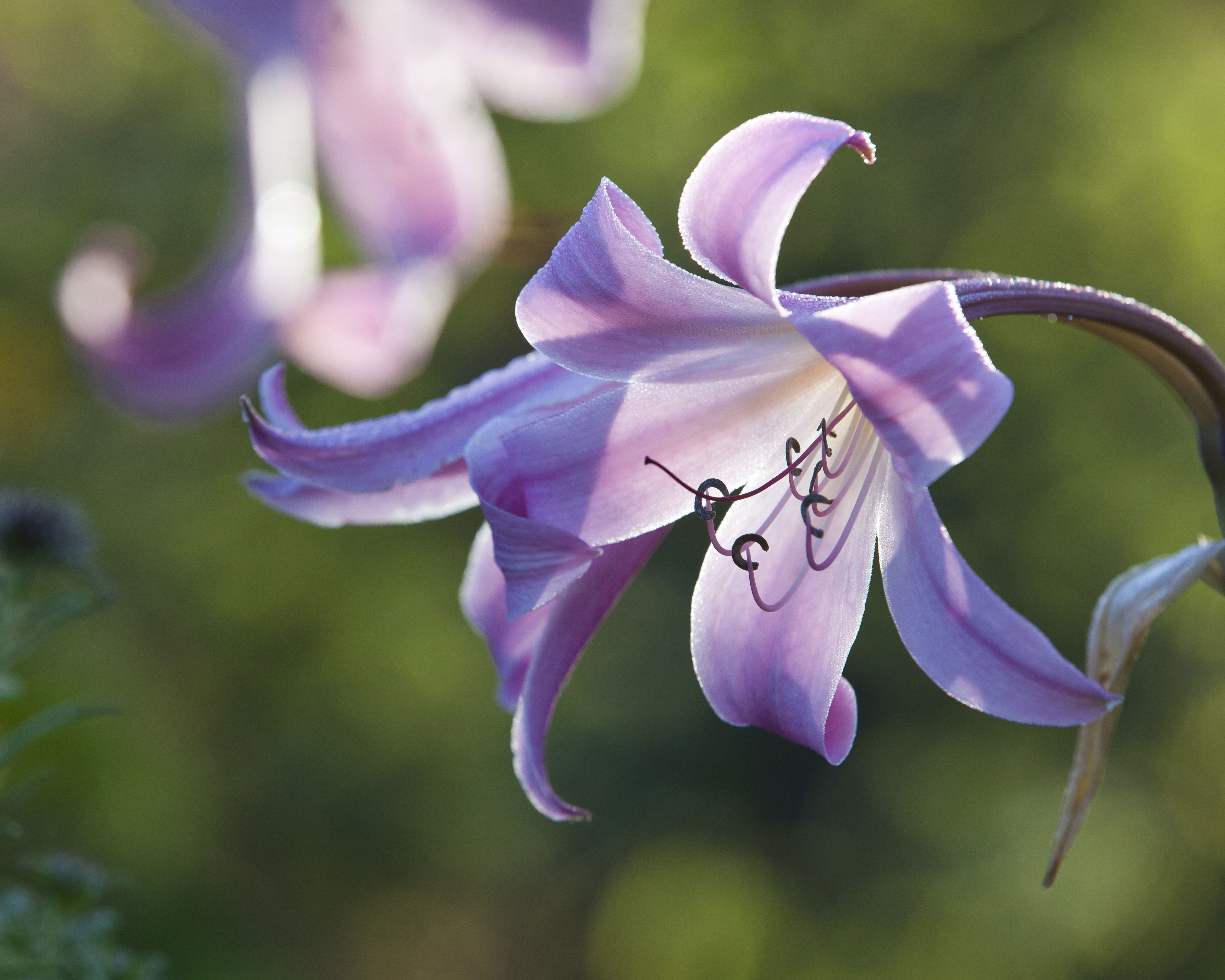
Crinum x powellii , or swamp lily, produces pale pink trumpet flowers in summer.
‘It is a plant with a stately presence, deserving a spot of its own. Crinums needs a sheltered position in full sun, with good soil to thrive. Plant with the bulb tip above soil level,’ says Victoria Evans.
'They are also good in a – very – large pot, and they flower especially well when the roots are constricted.'
5. Begonias
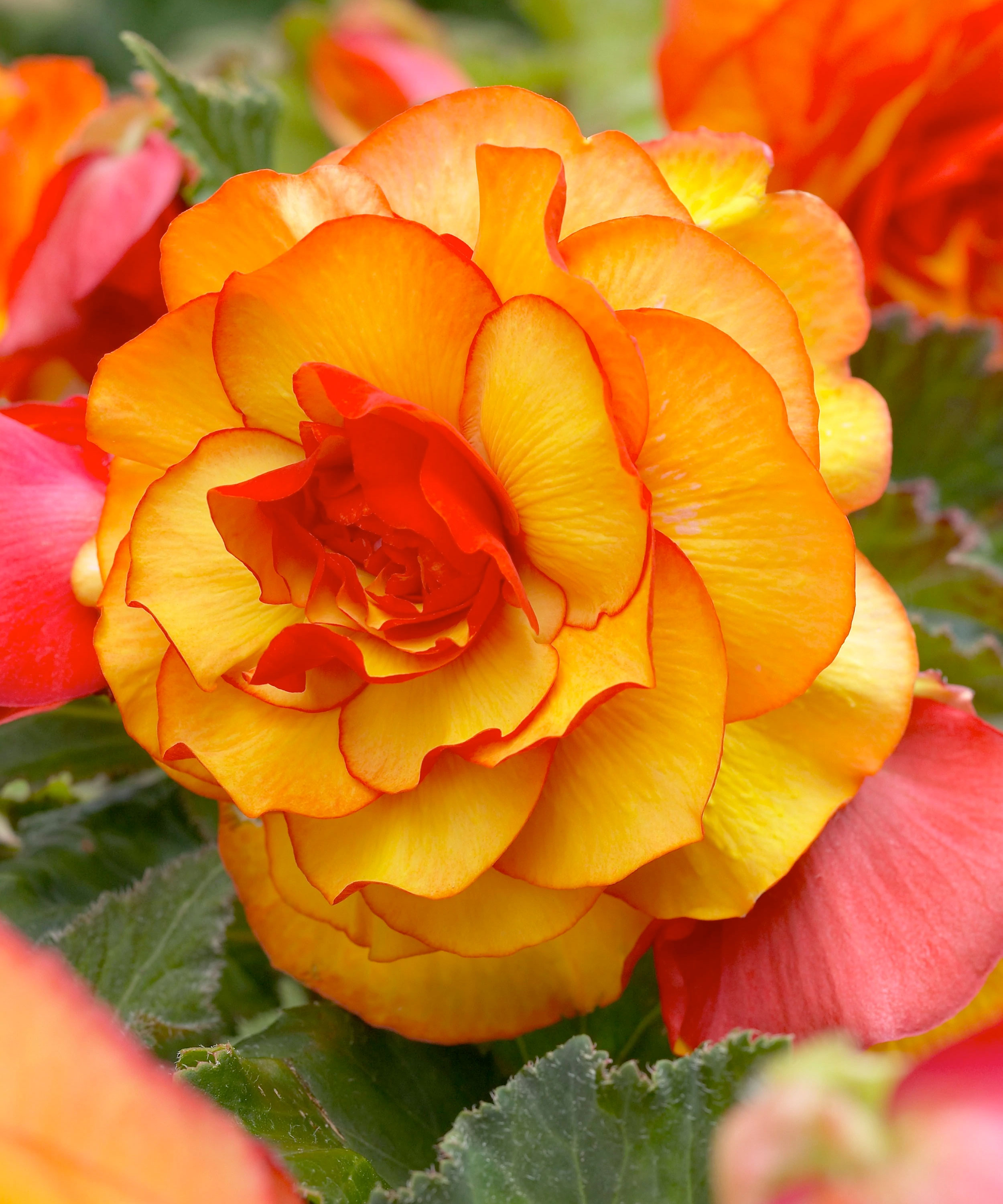
Another summer bulb that can flower through the season and into late fall, begonias tolerate shade as well as a sunny position.
There are many choices, 'such as begonia ‘Angelique’ 'which has multiple, large blooms from summer through to the first frosts and has a beautiful fragrance, too,' explains Sue. Find out how to overwinter begonias to enjoy the blooms year after year.
Begonia ‘Picotee Sunburst’, on the other hand, will Illuminate a lightly shaded area with zingy color from summer through to late fall. 'It is a great choice for patio containers or borders,' says Sue.
6. Arum lily – Zantedeschia aethiopica
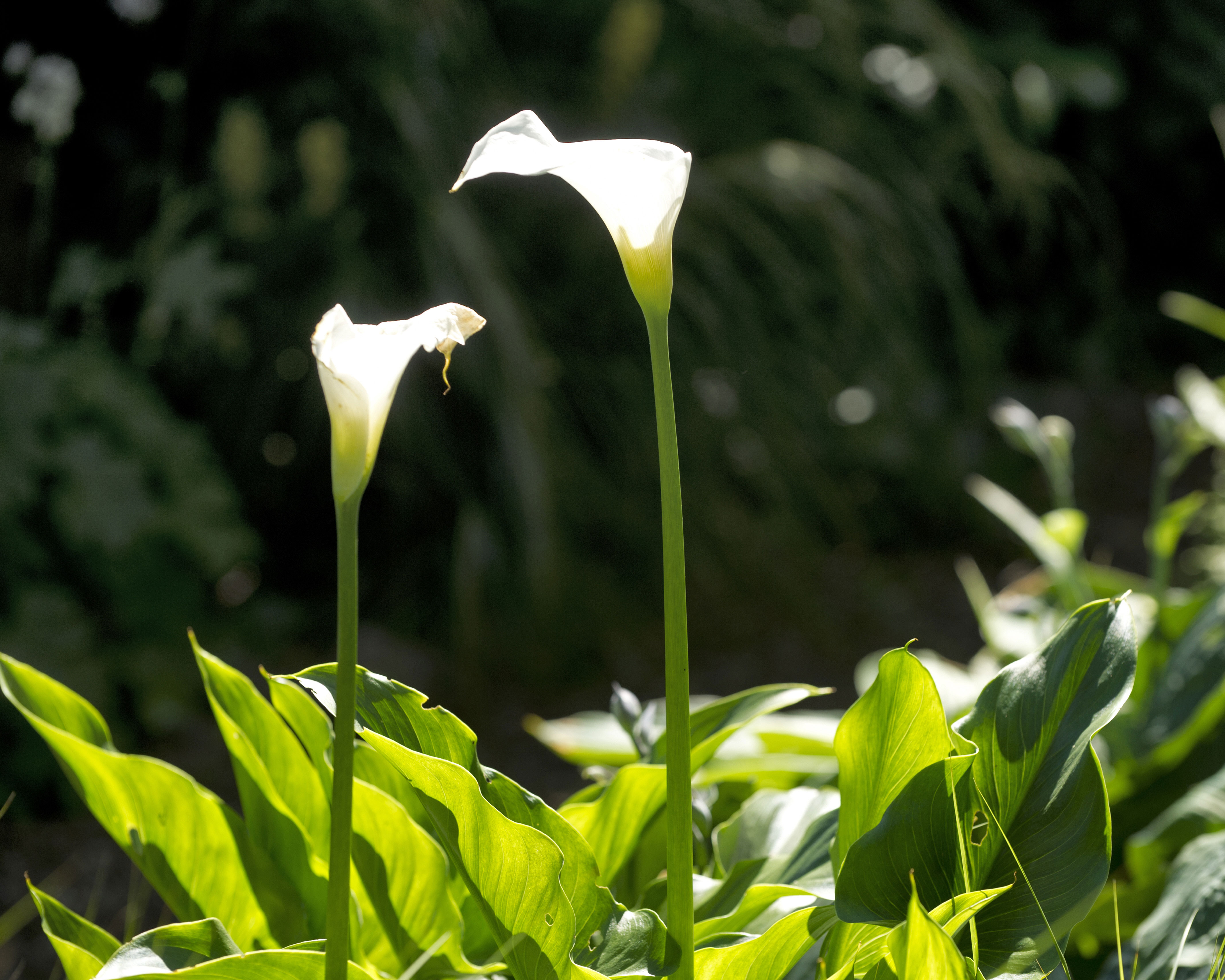
'The arum lily, with its striking white flower spathes and glossy foliage, is proving increasingly hardy for us at Packwood. We grow them in rich, moist soil in full sun, but they also enjoy partial shade and can be used as a marginal water plant for garden pond ideas,' explains Victoria.
Plant in pots or in the ground in spring and mulch established clumps in fall for protection.
7. Alliums
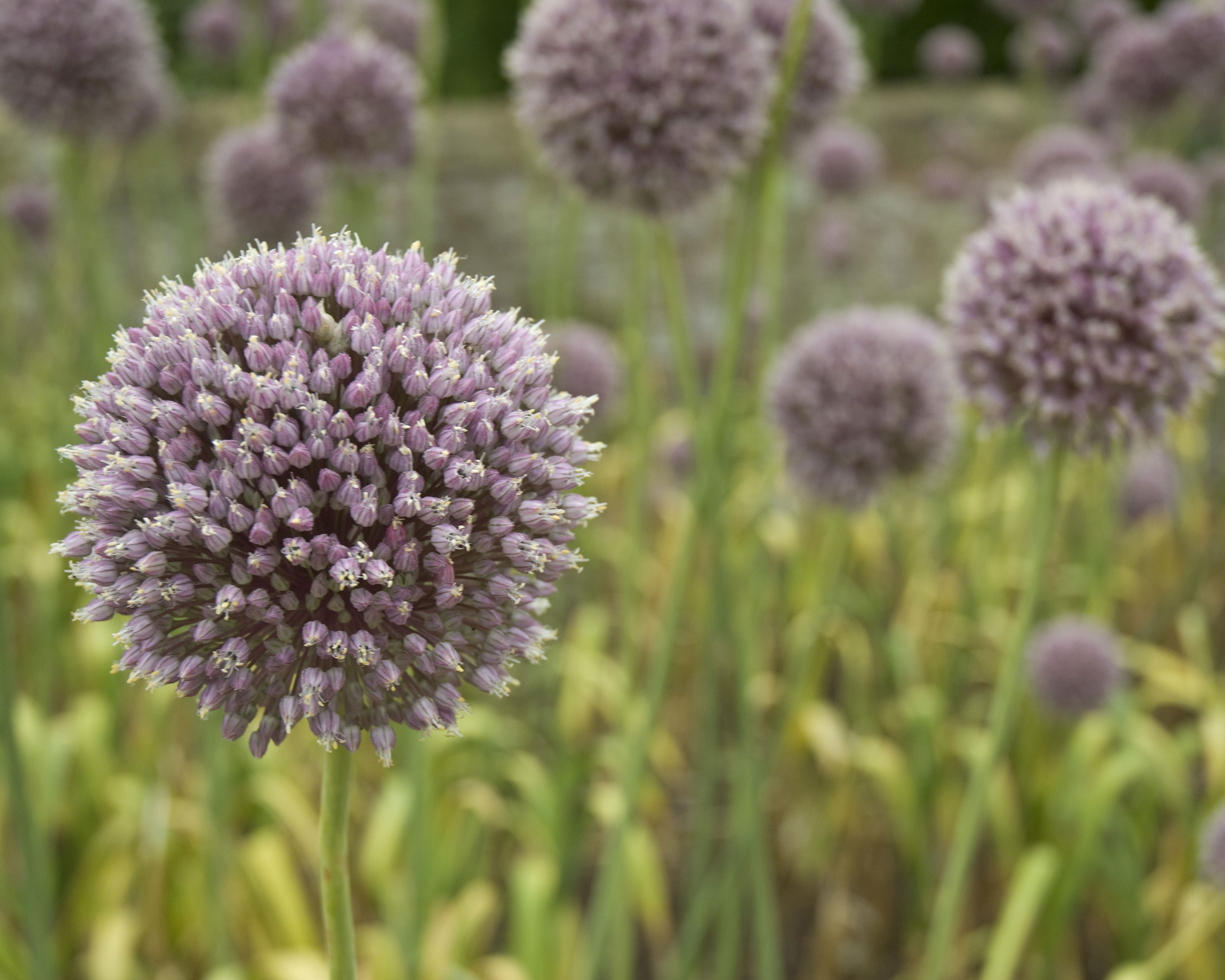
Alliums are an essential flower for any garden, as they pop up among borders to add color and structure, and are bee magnets and a way to attract butterflies.
'Alliums are true bulbs and fully paid up members of the onion family,' says Monty Don in his book The Complete Gardener.
'Most will obligingly reappear year after year – often too obligingly as they will spread dramatically by seed as well as by new bulbs,' he adds.
Unlike most summer bulbs, alliums are best planted in the fall. The exception is A. sphaerocephalon, which will flower into fall and can be planted in spring.
'This is a contrastingly small-flowered allium, which also enjoys a sunny position, its slender stemmed maroon flowers weave easily through other smaller plants,' explains Victoria.
Alliums grow well in a sunny, well-drained spot and are best planted in drifts.
8. Canna or canna lily
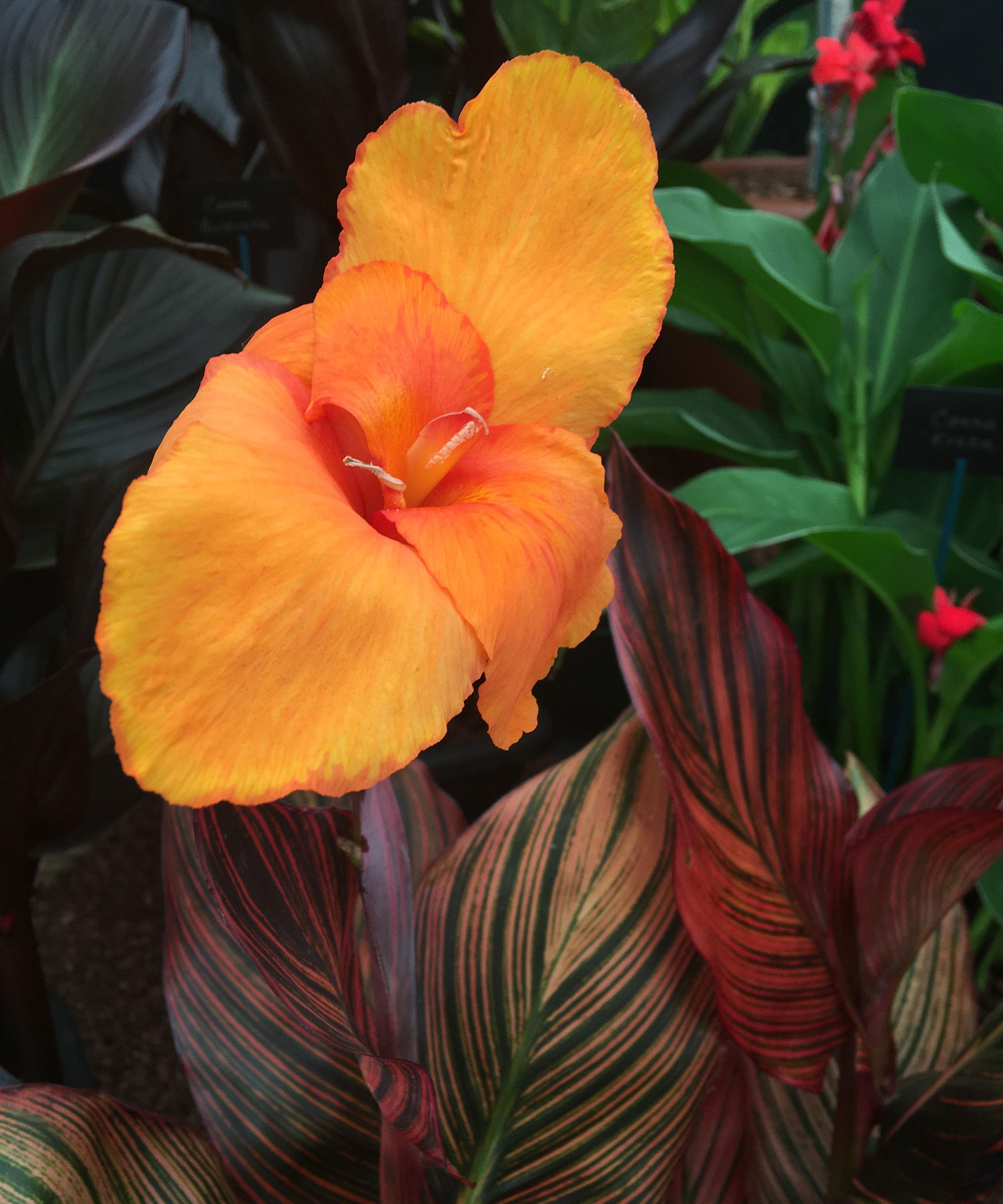
'The lush, colorful foliage of canna lilies delivers a jungle vibe to borders and containers throughout the season, topped off with a vibrant flower in late summer,' explains Sue Sanderson.
These tall, narrow plants look fantastic when grouped together in borders. They are among the exotic plants that were popular in Victorian garden design.
9. Agapanthus
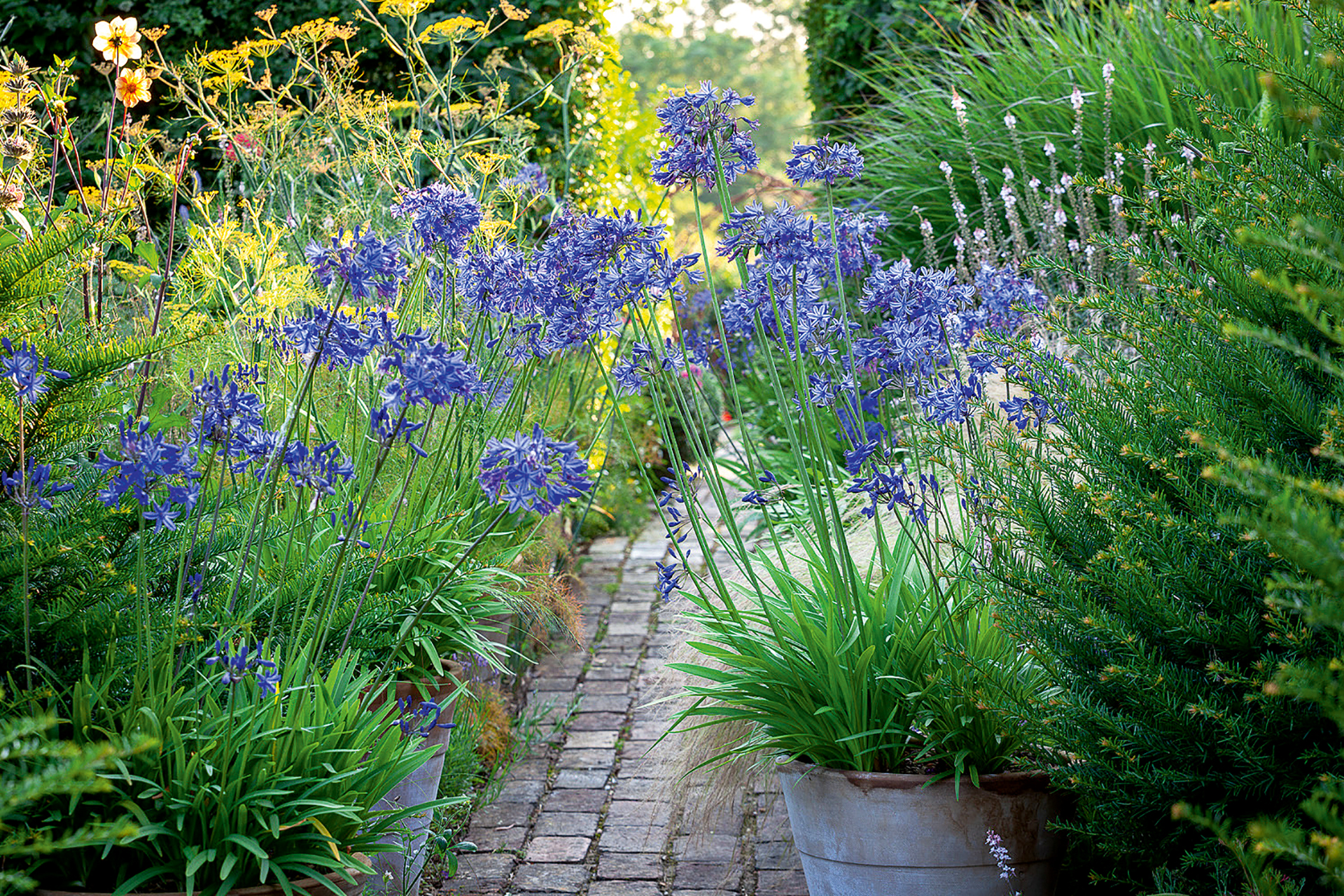
Agapanthus have fabulous, large globe-shaped flower heads, usually in purple, blue or white, so make a great addition to your collection of summer bulbs.
'To get agapanthus to grow, you do need to restrict its roots,' says Monty Don in an episode of BBC Gardeners' World. 'You do need to make sure they have very good drainage. But also you do need to make sure they are fed. So it’s getting a balance between enough food and water but not too much.'
He advises adding a good amount of grit to the compost and putting three plants into a pot that's just big enough. 'There is no point in putting an agapanthus into too big a pot, because all you’ll get is lots of leaves and no flowers,' he says.
'Put them somewhere in maximum sunlight, water them once a week, feed them once every two or three weeks, and then at the end of the summer, take them somewhere cool – it doesn’t have to be warm at all, but just frost free.'
10. Pineapple lily – eucomis
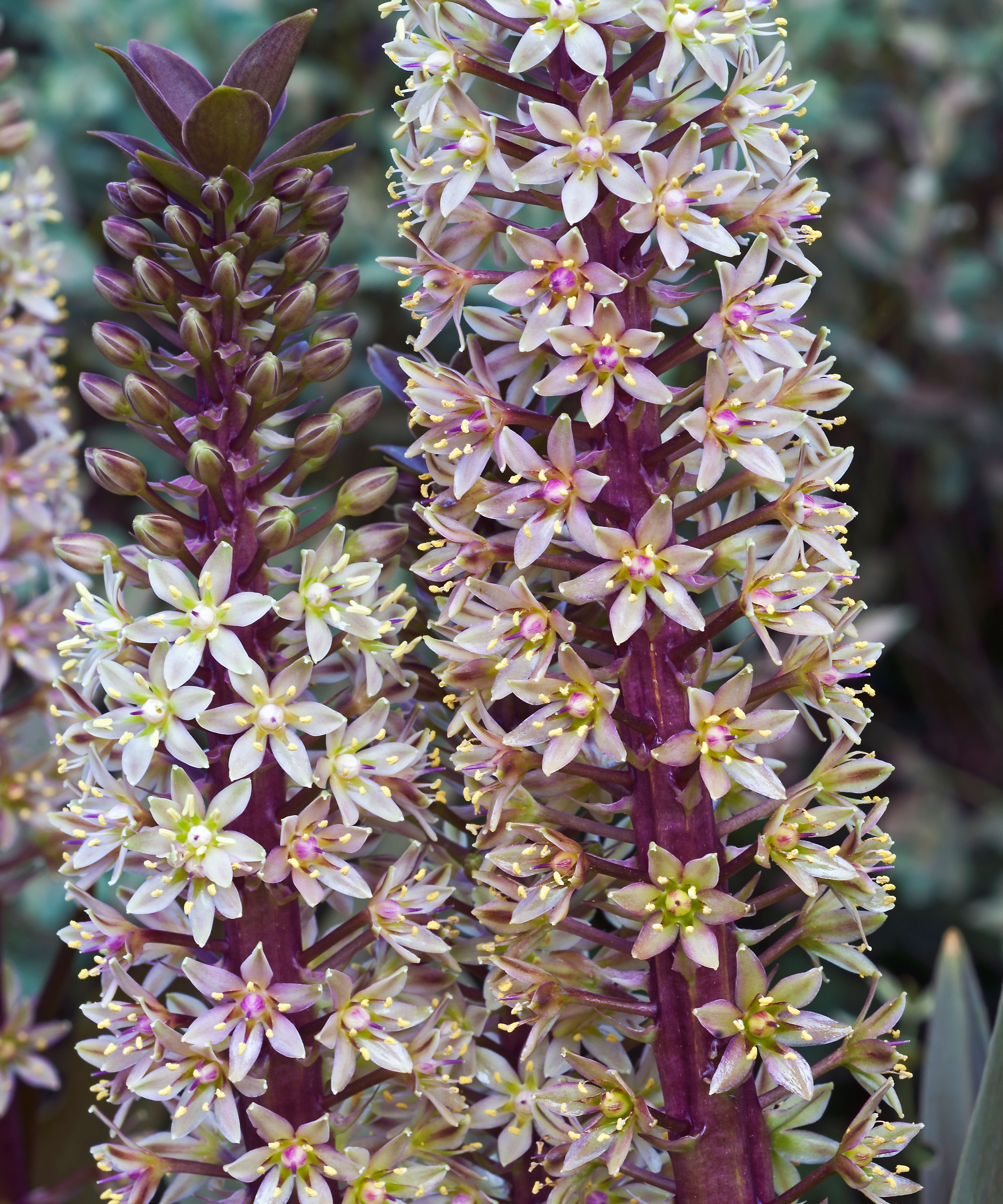
'Eucomis, the pineapple lily, lends an exotic touch to a planting,' says Victoria.
'Eucomis ‘Sparkling Burgundy’ has pale pink flowers and maroon flushed leaves, we grow it towards the front of a border to provide architectural presence,' she adds.
They also make ideal plants to grow under glass if you're planning a greenhouse.
'Slightly tender, they need good drainage and a sheltered spot to survive year-round. In colder gardens they are best grown in terracotta pots,' she adds.
Plant the pineapple lily 15cm deep and give them plenty of space. The elegant leaves are slow to emerge from dormancy, but the flower stems persist for months.
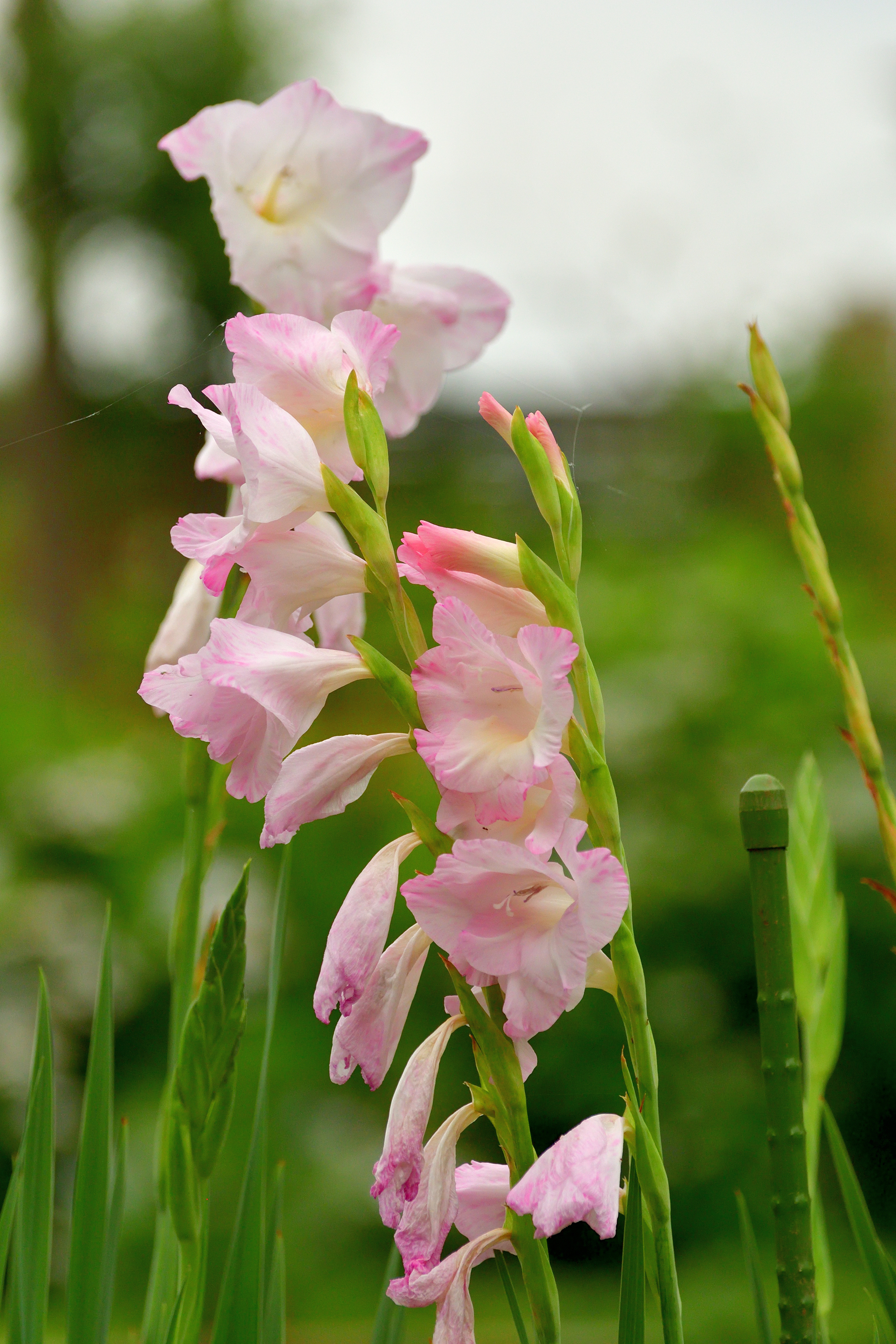
How do you plant summer bulbs?
'The term ‘bulbs’ is often used to refer to all bulbs, tubers, rhizomes and corms, but they do all require different planting depths and growing conditions. Be sure to check the recommended growing instructions for each species as they vary significantly,' advises Sue.
Always plant bulbs during the same season that you receive them. They will not store until next year.
'Don’t overwater bulbs when they are first planted. They don’t use any water while they are still dormant and can rot when left to sit in wet soil which doesn’t drain freely. Once your bulbs have sprouted, you can start watering them more frequently,' says Sue.
While summer bulbs can be planted in the ground, gardening guru Monty Don loves to plant them in containers to better control their soil conditions and to ensure a seamless succession of color in the garden.
Perhaps the most important consideration when planting summer bulbs is to provide enough drainage. ‘With most bulbs you can never have too much drainage – they will grow the better for it,’ says Monty in an episode of BBC's Gardener’s World.
For this reason, he prefers to use terracotta pots, which drain better than many other container types. However, he acknowledges that most of us don’t have an endless supply of them left lying around to dedicate to summer bulbs – ‘your tulip pots will be occupied for another couple of months'.
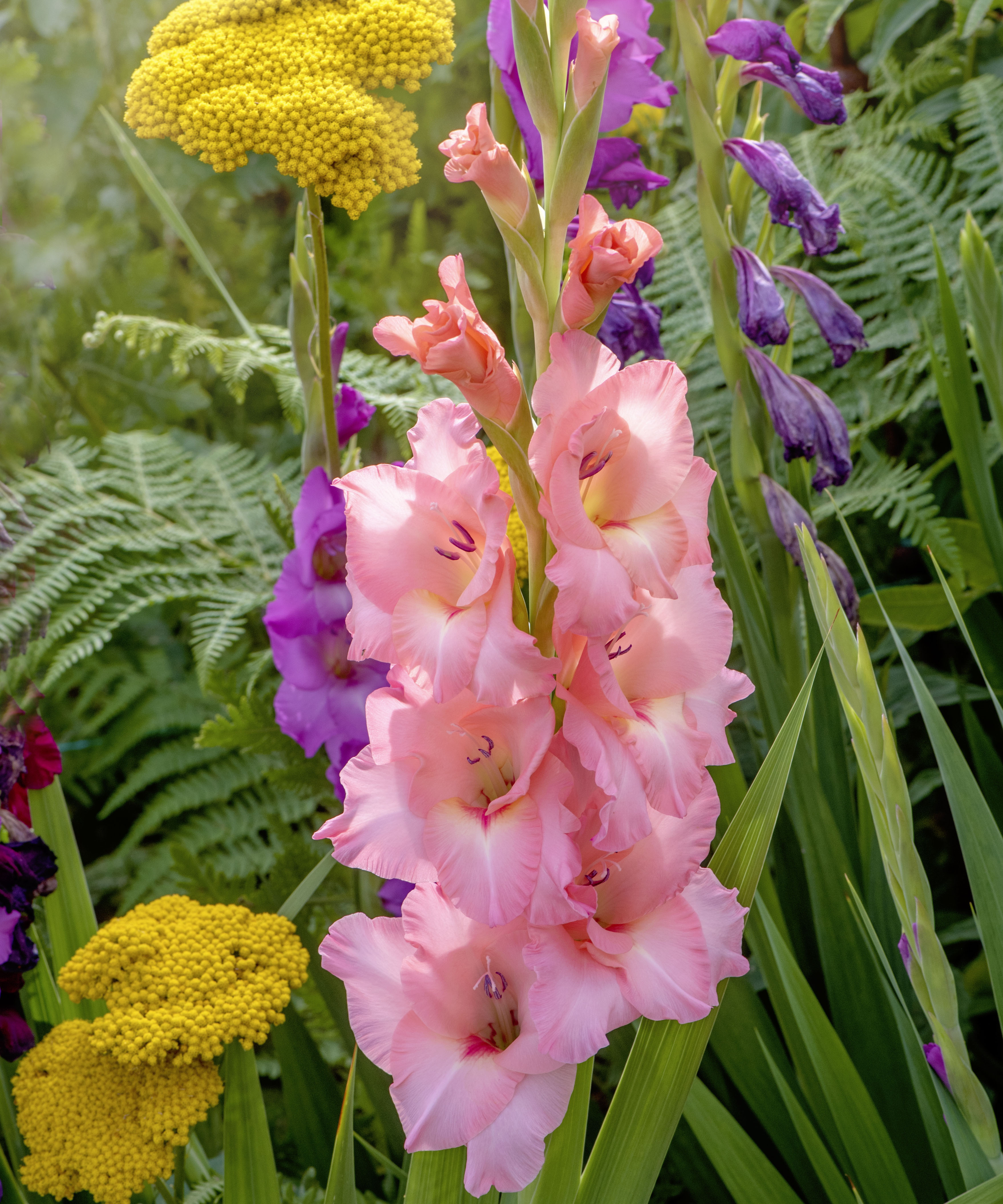
To solve this issue, in his video, Don revealed a brilliant tip for doubling up pots for both spring and summer flowering bulbs, demonstrating planting gladioli into a lattice pot used for subaquatic plants. ‘They can drain well, the roots can come out if they want; but you can do it in just a normal plastic pot,’ he explains.
‘Then after the tulips are finished, they can come out and can dry off – and then I will plunge these into that pot, and when the gladioli are finished in September or October, they can come out and the tulips can be planted.’ Following this method will mean your pots will be in constant use through the year.
Whatever you plant your summer bulbs in, it’s essential to have the right compost that provides effective drainage. ‘Add a bit of grit to the compost – and you can’t really overdo this so don’t be coy about it,’ says Don.
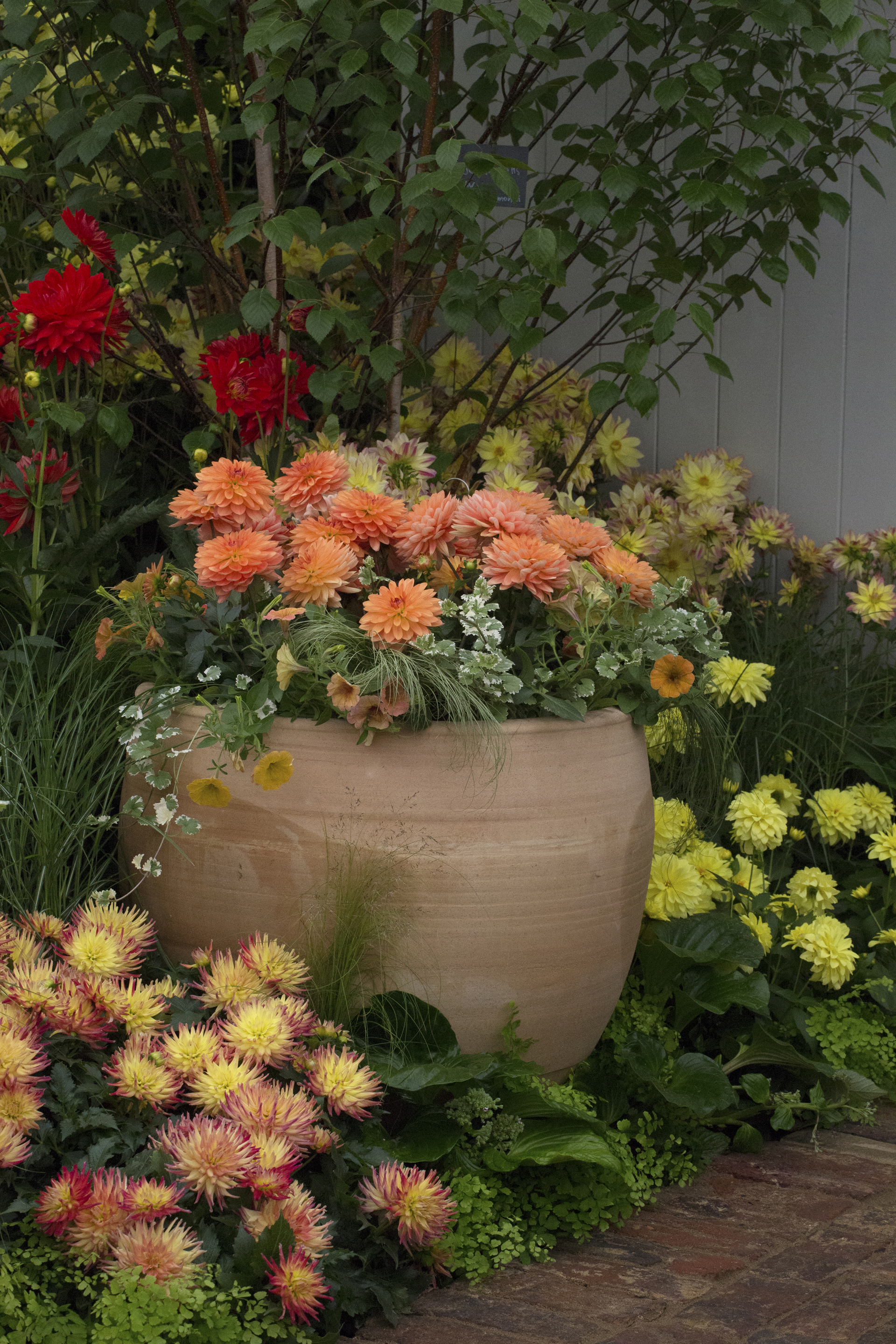
Are there any bulbs that bloom all summer?
There are some summer bulbs that will bloom all summer long with the right conditions.
Plants which flower throughout the whole season, include the likes of dahlias, begonias and callas. Combine these with bulbs that flower at different times and you will enjoy a constantly changing flower bed display.
Rachel is senior content editor, and writes gardening content for homesandgardens.com, Homes & Gardens magazine, and its sister titles Period Living Magazine and Country Homes & Interiors. She has written for lifestyle magazines for many years, with a particular focus on gardening, historic houses and arts and crafts, but started out her journalism career in BBC radio, where she enjoyed reporting on and writing programme scripts for all manner of stories. Rachel then moved into regional lifestyle magazines, where the topics she wrote about, and people she interviewed, were as varied and eclectic as they were on radio. Always harboring a passion for homes and gardens, she jumped at the opportunity to work on The English Home and The English Garden magazines for a number of years, before joining the Period Living team.
